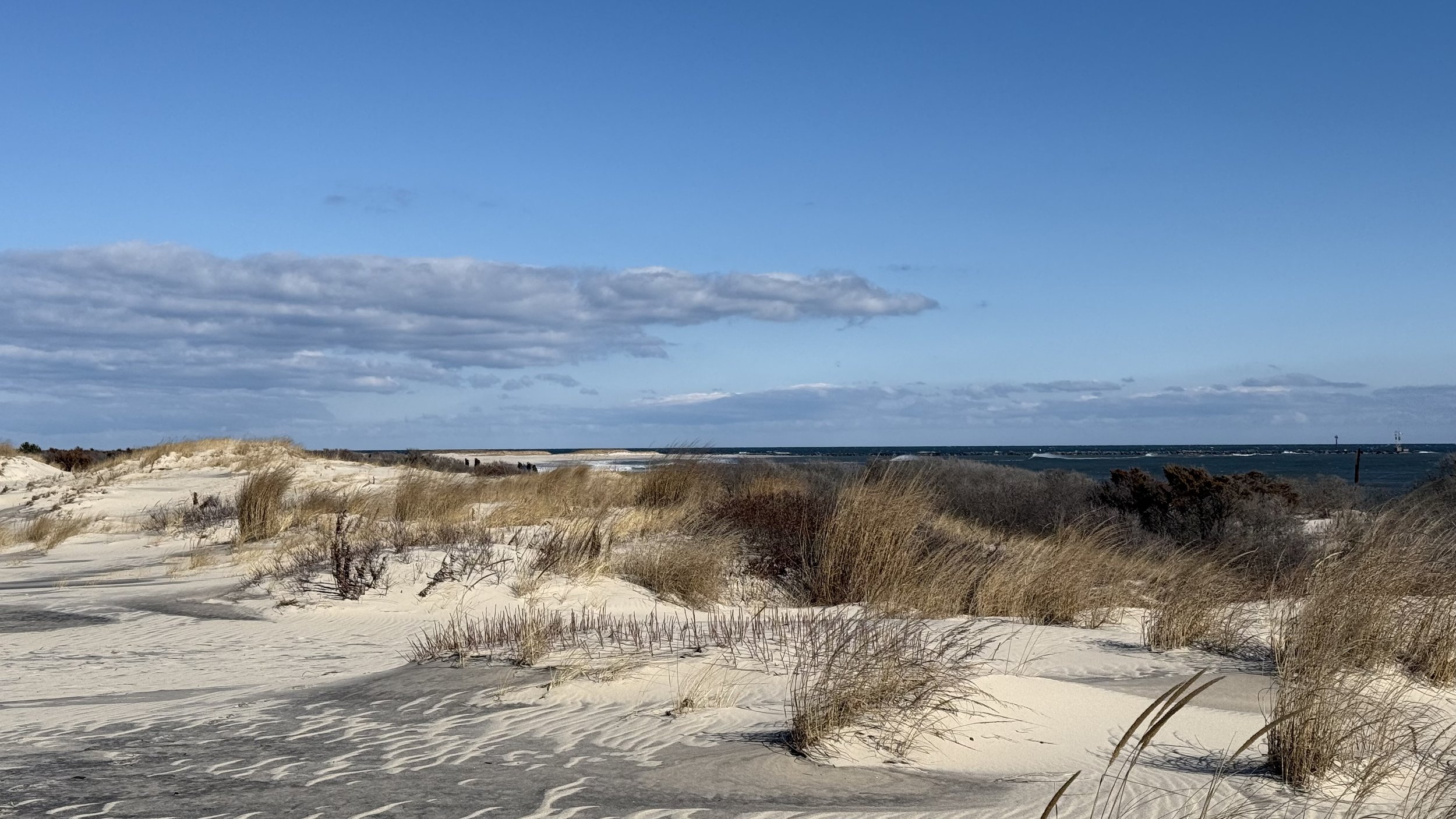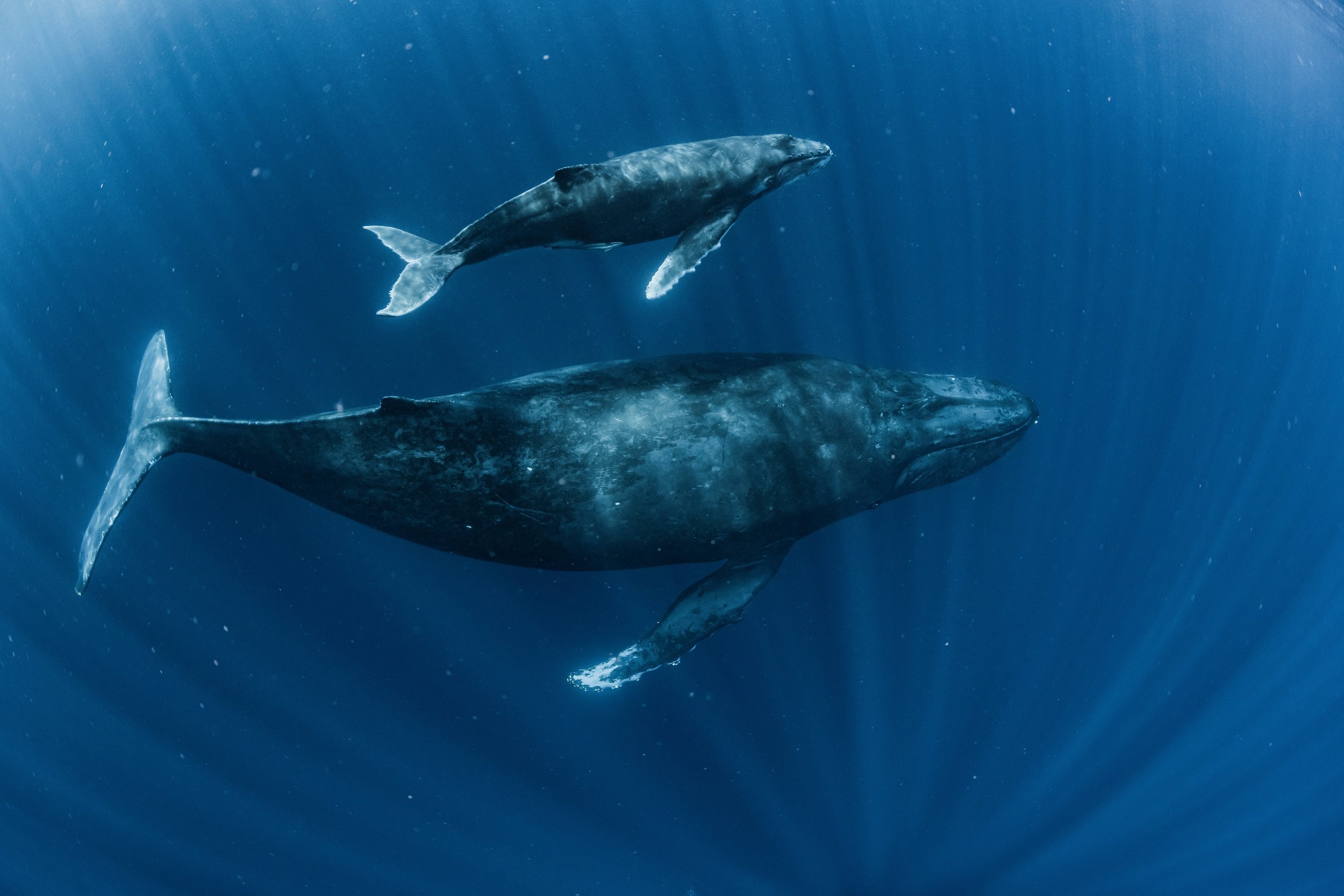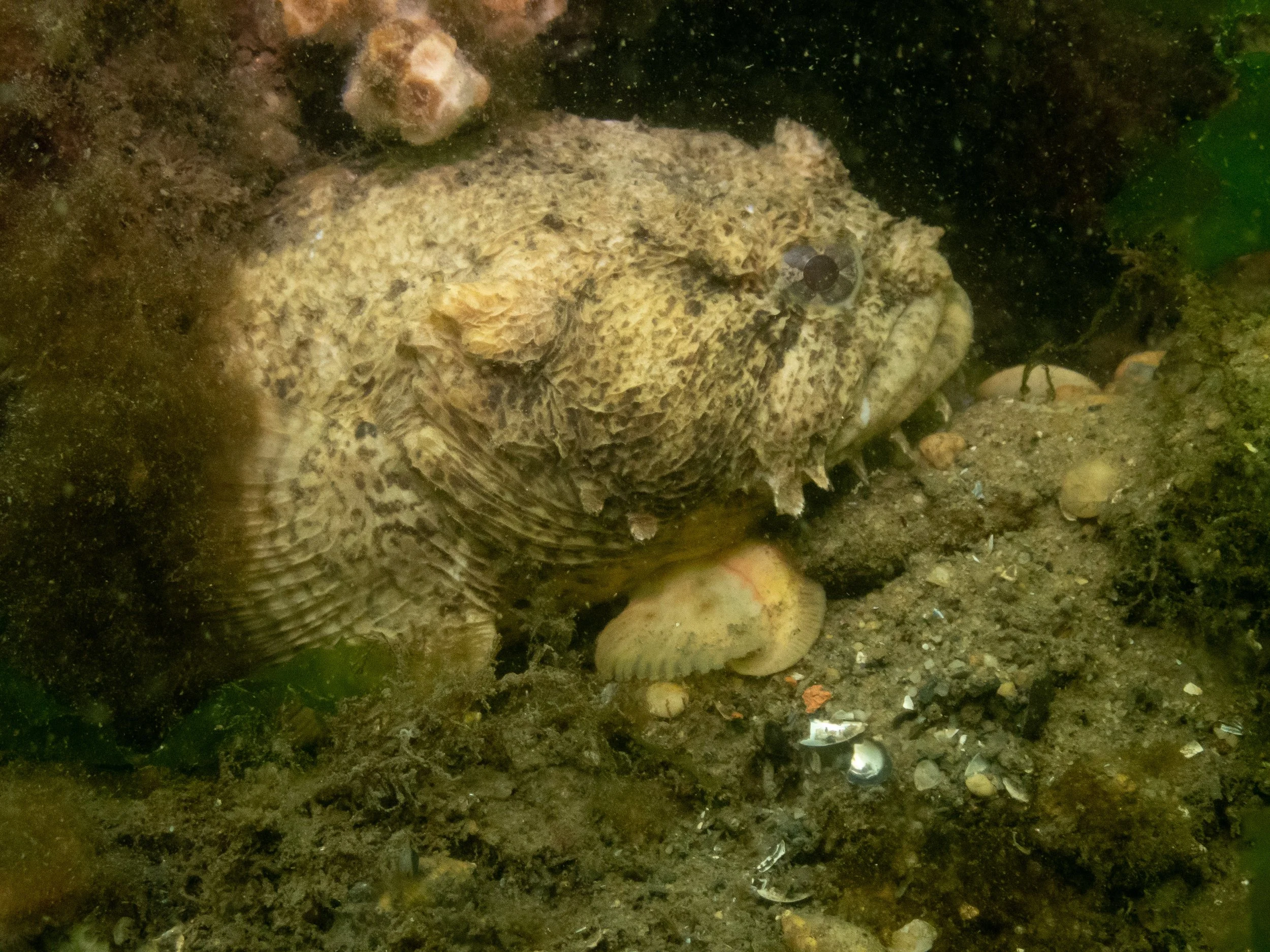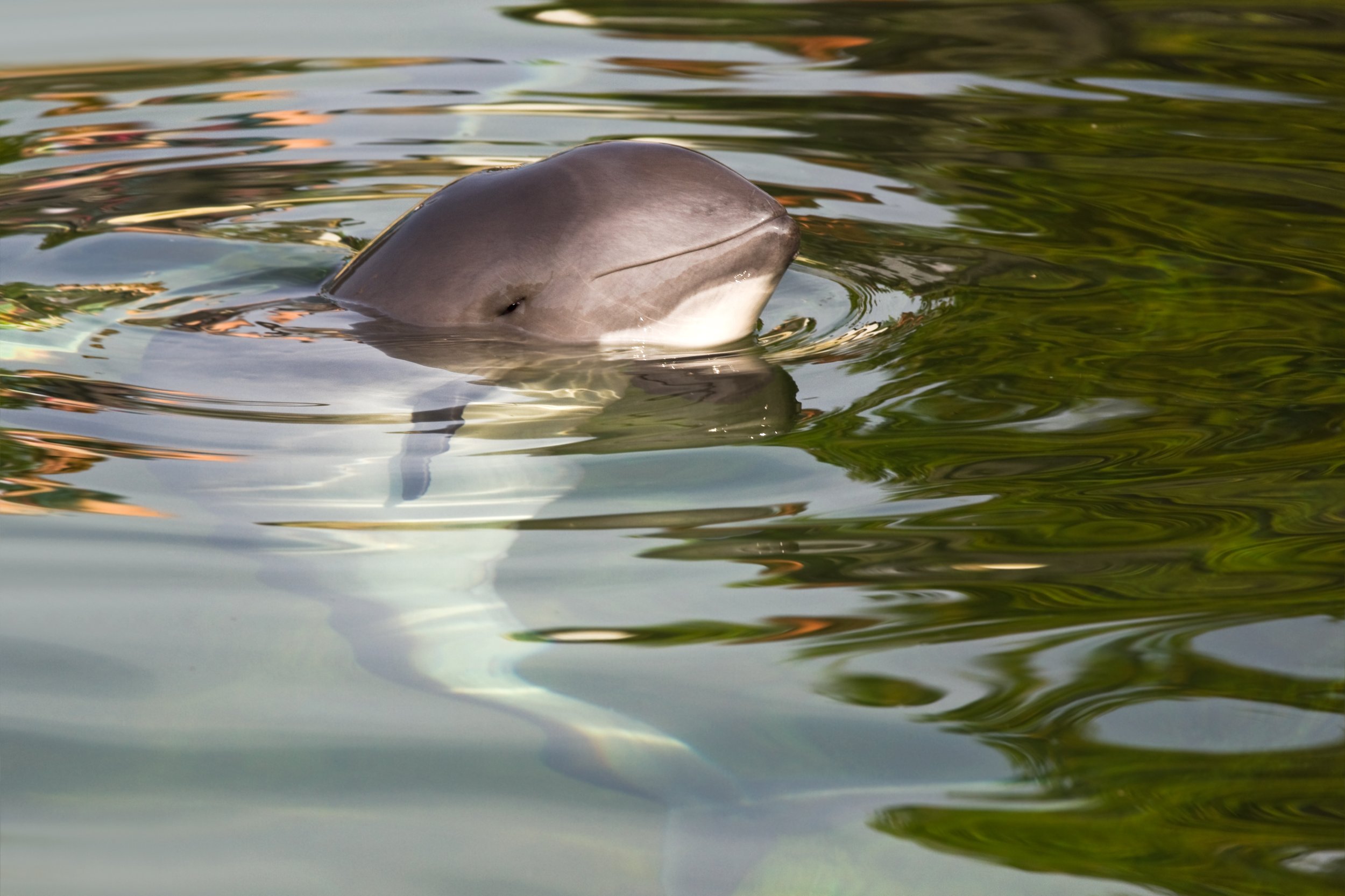Underwater Sounds of the Jersey Shore Database.
Help Save Coastal Wildlife collect underwater acoustic sounds of fish, aquatic invertebrates, marine mammals and undersea human activities such as ship engines and coastal construction to help provide a soundscape of what life sounds like under the water and along the Jersey Shore.
The goals of the study is to determine 1) the distribution and behavior of undersea aquatic biodiversity in estuaries and along the Atlantic Ocean, and 2) to determine how and if underwater noise caused by various human activities is a significant problem by disrupting the distribution and behaviors of marine animals, fish, invertebrates and other coastal wildlife.
Some of the major contributors to underwater noise from human activities include commercial shipping & fishing vessels, military sonar, seismic surveys for oil and gas exploration, construction activities like dredging and beach nourishment, and recreational boating.
Negative effects:
Disrupted communication: Noise can mask vital communication signals between animals, hindering mating, social interactions, and predator warnings.
Stress response: Loud sounds can trigger stress responses in marine animals, leading to physiological changes and altered behavior.
Habitat abandonment: Animals may leave their preferred feeding or breeding grounds due to excessive noise.
Hearing damage: In extreme cases, high-intensity noise can cause temporary or permanent hearing loss.
Vulnerable species:
Marine mammals like whales, dolphins, porpoises, some species of fish including toadfish and drums, and invertebrates like blue-claw crabs, are particularly susceptible to the impacts of underwater noise due to their reliance on sound for long-distance communication.

Jacques Cousteau famously called the ocean "the silent world" in his 1953 documentary The Silent World. However, we are just learning the world’s oceans, including the coastline of New Jersey, are actually full of sounds, including rumbles, hums, bubbles, clicks, and grunts.
Jersey Shore Underwater Sound Library
Oyster Toadfish (Opsanus tau)
The oyster toadfish is a bottom-dwelling fish that lives year-round in shallow parts of estuaries along the Jersey Shore. It feeds mostly on small crabs and other crustaceans but will also eat mollusks and small fish. During mating, males make a distinctive “foghorn” call to attract a mate.
North Atlantic Harbor porpoise (Phocoena phocoena)
Harbor porpoises live year-round in the New York-New Jersey Harbor Estuary and along the Jersey Shore. They are often found in small groups that contain at least one mom/calf pair. Like other odontocetes, harbor porpoises use echolocation for feeding and orientation. Their dominant echolocation signals are a narrowband of high-frequency (ultrasonic) clicks within 110-150kHz.
Recreational Fishing boat
The most common and prevalent sounds along the Jersey Shore are from the engines of small and medium sized recreational boats. The constant hum is heard almost always during the daytime and early evening during the late spring, summer and early fall seasons.
We are creating a library of sound.
Volunteers will use a passive acoustic technique by employing a hydrophone at different sites along the Jersey Shore to better understand the distribution and behavior of coastal wildlife and human activities.





